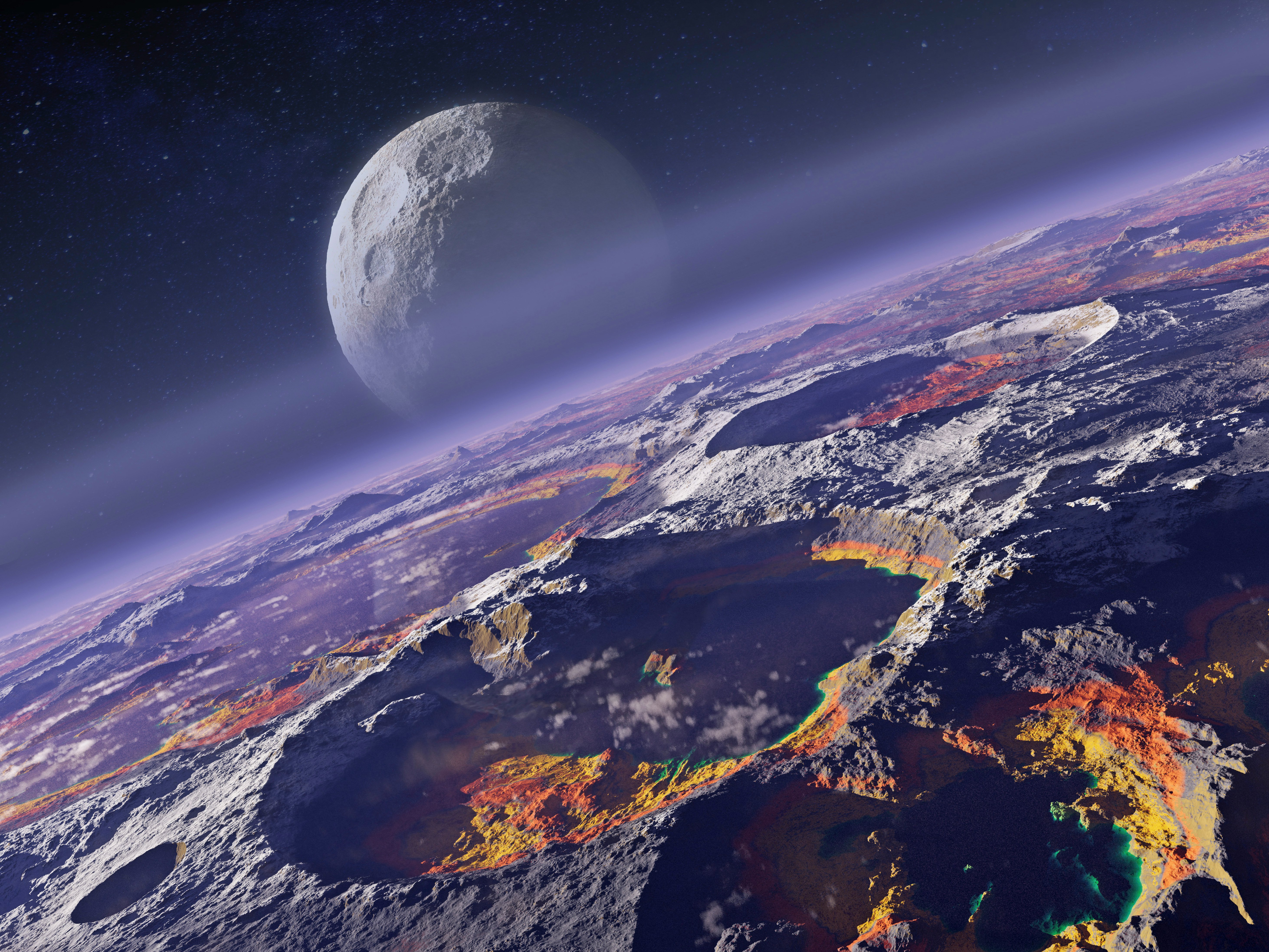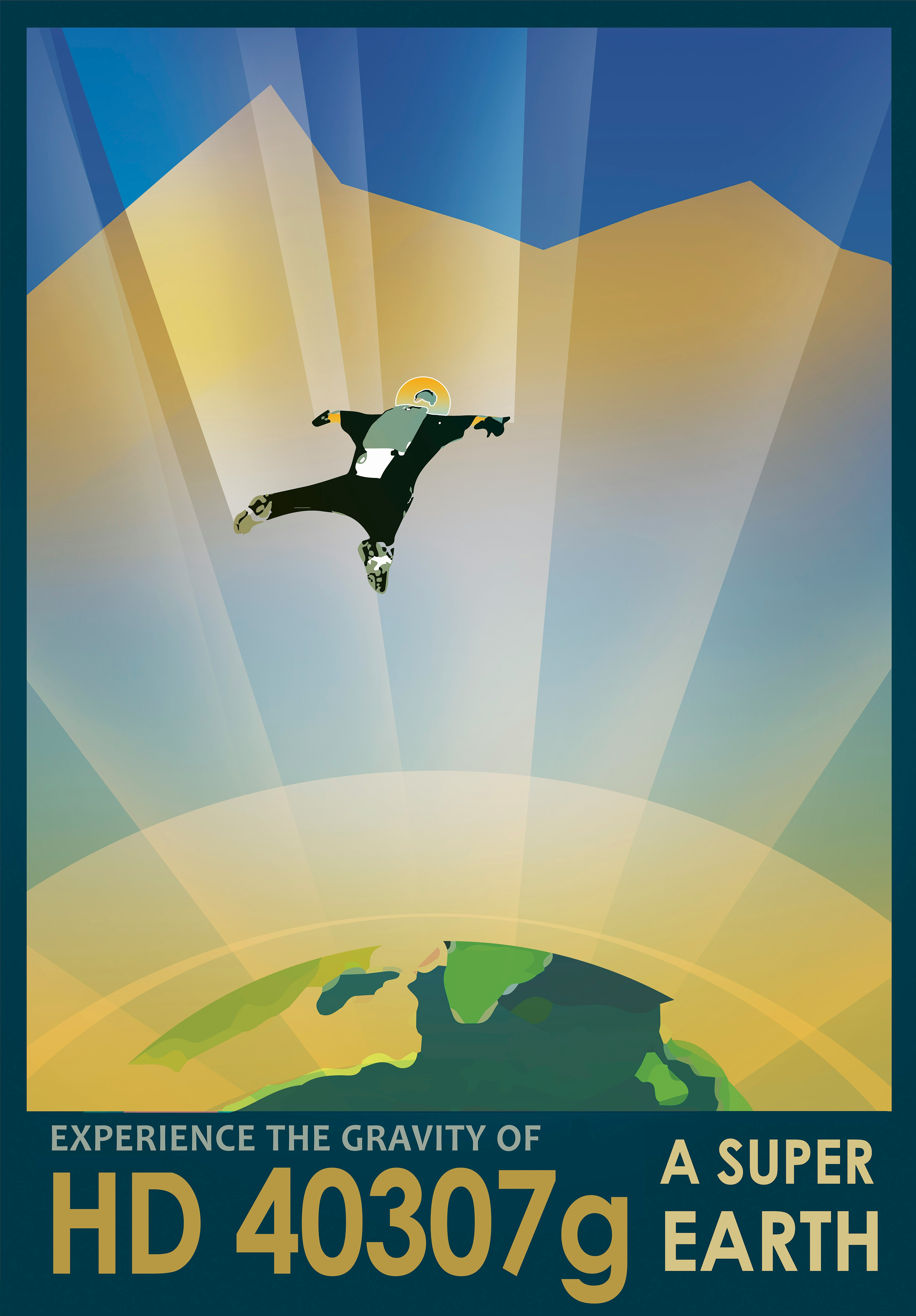
The more we study other planetary systems, the more we realize how unique ours is. For instance, we’re missing one of the most abundant planet types in the galaxy, rocky worlds a few times larger than our Earth, called super-Earths. A surprising number of other star systems in the galaxy have them, but we don’t.
And although super-Earths come in a wide range of masses and likely makeup, the ones in any given system are usually very similar to each other in mass and orbit. Compare that to our Solar System’s ragtag band of much smaller rocky planets, and it’s easy to wonder what turns some systems into super-Earth assembly lines while others churn out a weird mix of small rocky worlds and relatively modest gas giants.
Computer modeling suggests that the answer looks very similar to how Jupiter got its four biggest moons, according to a recent study published in the journal Nature Astronomy.

What’s New — Planetary systems turn into assembly lines for large rocky worlds thanks to a precarious balance between gravity and solar winds, according to Caltech planetary scientist Konstantin Batygin and Observatoire de la Côte d'Azur astronomer Alessandro Morbidelli.
If the dust grains floating around a star system are big enough, they tend to fall inward toward the home star; if they’re small enough, they tend to get caught up in the gas being blown outward on stellar winds. But if they’re just the right size, the tug-of-war between those two forces ends in a draw, and the dust grains get stuck in a ring surrounding the star. And that ring becomes a conveyor belt for assembling bigger versions of Earth.
In the dusty ring, grains collide and stick together; as those clumps get bigger, they draw more material in. What starts as a spacefaring dust bunny eventually grows into a planetesimal and then a planet. And when a planet gets big enough, its gravity creates ripples in the sparse gas floating around in the disk of material around the star. Those ripples bleed momentum from the planet, slowing it down, which shifts it to a lower, shorter orbit, moving it out of the ring of dust where it grew up. A new super-Earth is rolling off the line.
Since that process tends to happen when planets reach a certain mass, every planet that rolls off this dusty assembly line tends to be around the same size and mass, and they tend to end up in fairly similar orbits.
“You basically have a planet factory that only knows how to make planets of one mass, and it just squirts them out one after the other,” says Caltech astronomer Andrew Howard in a comment on the recent study. Howard was among the astronomers who first noticed that the super-Earths in a given star system tend to be very similar, despite the huge variety between systems.
So why do some stellar planet factories build super-Earths of one size, while others seem to prefer larger or smaller ones? And why does our Solar System have a mismatched set of much smaller worlds? It all depends on the amount of dust available to build planets out of, the amount of gas available to interact with planets once they’ve formed, and the pull of a particular star’s gravity.
A dust ring with less material in it will produce a set of planets that look a lot like the inner worlds in our Solar System, while one with more mass will grow a neatly matched set of super-Earths, according to Batygin and Morbidelli.

Here’s The Background — Batygin and Morbidelli developed a very similar model in 2020, when they wanted to explain how Jupiter’s four largest moons, Io, Europa, Ganymede, and Callisto, formed. The planetary scientists tested their model with computer simulations, and it checked out. And more recently, they realized that it could apply not only to moons forming around a gas giant, but to planets forming around a star.
The new model challenges a key part of our basic idea about how stars forge planets: the part that says dust is scattered all through the disk of material that forms around a newborn star, mingled with the gas. That model does a good job of explaining our Solar System, but it doesn’t explain the overwhelming popularity of matched sets of super-Earths elsewhere in our galaxy.
“We looked at the existing model of planet formation, knowing that it does not reproduce what we see, and asked, ‘What assertion are we taking for granted?’ says Batygin in a statement. “The trick is to look at something that everybody takes to be true but for no good reason.” In this case, where dust tends to gather.
What’s Next — As telescopes like NASA’s Transiting Exoplanet Survey Satellite and the James Webb Space Telescope observe more exoplanets and study them in more detail, astronomers and planetary scientists will learn more about the mix of planets that tend to form around stars. And with JWST, they’ll also learn more about the gassy, dusty disks of material where planets coalesce and grow.
That information will raise questions about our old models of how the universe works, and it will provide the raw data astronomers need to develop new ones.







